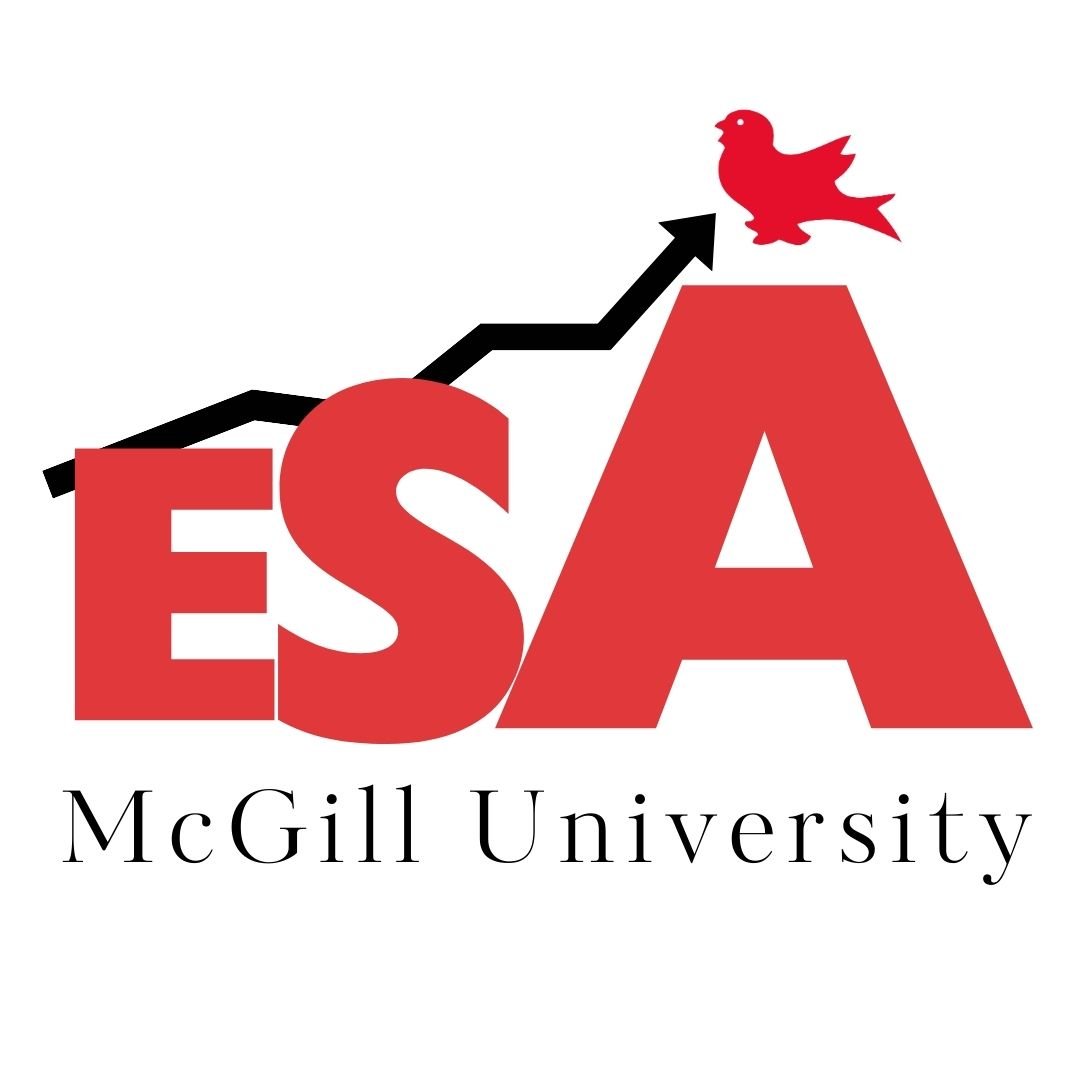If You Build It, They Will Come: Scrap the New Highway Plan & Implement a Congestion Tax
Gripped steering wheel, palms sweating, moving at 10km an hour down a seemingly never-ending road, eyes darting at the clock watching the minutes tick up. There’s only one question that hangs over your morning: Will you make it to your 9:00 a.m. meeting? Or will you be late for the second time this week? Chances are, you’ll be late again.
Unless we wake up and leave at the crack of dawn, there is no clear method to evade the omnipresent threat faced by all urbanites: congestion. The problem, however, has an unexpected cause: you (and your fellow drivers). As said best by Transport Canada in a 2006 article, “motorists do not perceive themselves as a cause of congestion; motorists perceive themselves as the victims of congestion.”
As someone who does not own a car or have any children, I can point fingers at drivers all day long. For people who have large families with children that require pick-ups and drop offs from school, or individuals with mobility challenges, the car has an obvious necessity. However, there are still many Montrealers that use cars at times when they probably shouldn’t.
Congestion causes an abundance of negative externalities for the consumer. 72% of Montrealers say that congestion makes it too hard to commute and nearly 25% say that traffic is lowering their quality of life. In fact, traffic is becoming such a big problem that it takes over half of Montrealers 60 minutes or more to get to and from work every day. As a result, households lose valuable time stuck in traffic that could have otherwise been spent on leisure or at work, earning more income.
Not only does traffic make our lives worse, but it also damages the entire city’s air quality. The continuous lines of cars barely inching forward pumping methane into the air for hours on end, twice a day during peak rush hour times, is evidently not conducive to blue skies. The transportation sector is responsible for 25% of greenhouse-gas emissions in Canada. As Canadian cities grow (as is expected), this number will only increase if the status-quo is maintained.
The best way to reduce congestion, improve the lives of everyone, and support cleaner air is by reducing the number of drivers on the roads and hopefully, in the process, reducing the amount of time spent on the road. Clearly, the fewer people on the road, the less traffic we have. This decongestion allows the vehicles that remain to move in a time-efficient manner, which ultimately reduces the amount of carbon emissions emitted.
IF YOU BUILD IT, THEY WILL COME
How do we eradicate traffic? Many politicians have suggested that Canadian cities need more roads. Simply put, they argue that if we build more roads, there will be more space and thus less traffic. This reasoning, as most economists will point out, is fundamentally flawed. New roads and highways only incentivize further car use, not less. In the short-run, new roads decrease the amount of traffic and thus decrease the cost of driving to the driver. Individuals will now want to drive more, not less. In the long run, this increases the total number of vehicles on the road, and thus the amount of traffic will remain the same as before or potentially increase. Households that had only one car before might purchase another or people who lived in the suburbs and took public transportation might opt for their car. Not to mention the fact that Canadian cities are growing, and thus these new individuals might also turn towards cars instead of public transportation if these potential benefits exist. Essentially, all the added benefit from the additional roads will be bid off by newcomers.
THE SOLUTION
Fundamentally, in order to combat all the negative externalities such as pollution and gridlock, we as consumers need to internalize the cost of driving. Evidently, the most successful solution is to tax car use during rush hour with a congestion tax. London, UK, has a congestion tax that requires motorists to pay 15 pounds a day when driving in the city center, a total area of 21 square km, between 7 am and 10 pm. After one year of implementing thistax, London’s congestion fell by 30% and pollution decreased by almost 25%.
If such an initiative were to work in Canadian cities, local governments would also have to make real improvements to our public transport system. Looking again to London, on the day the congestion tax went into effect, 300 new buses were introduced into the city center’s streets. As more people gravitate away from the car, it is imperative that we meet the new growing demand for public transportation with high quality services, otherwise few voters will be in favour of the congestion tax.
The benefits and functionality of the congestion tax are simple enough to understand. Once congestion falls, there are fewer road accidents, less emotional stress, and less pollution.
Naturally, in order to unlock these advantages, Montreal and other large Canadian cities need to make massive changes in order to curb people’s consumption of goods such as vehicles, which have such large costs to society. As our cities grow, we must readjust our way of life and learn to optimize our lifestyle so that it is as green as possible. This transformation would be optimized through a congestion tax and a potential ban on vehicles that are not carbon efficient.
It may just be me, but I would rather sit on a 20-minute bus ride, packed with others, than to sit alone in my car frustrated for an hour.
